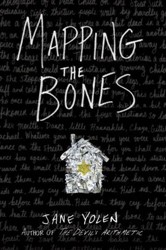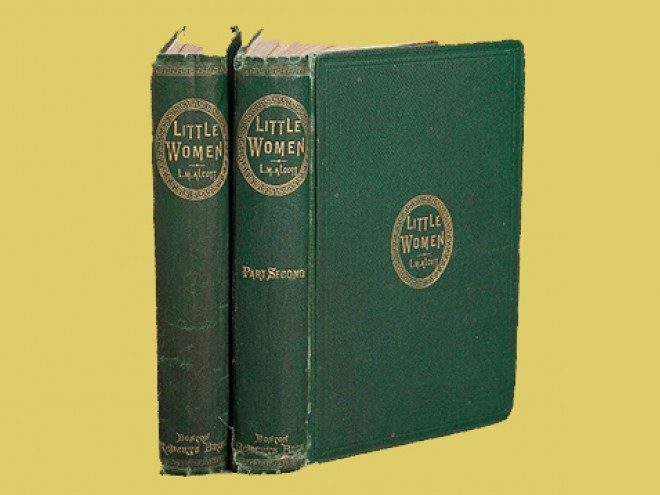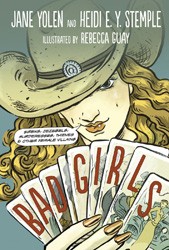Jane Yolen and Adam Stemple’s The Last Tsar’s Dragons is an unusual conversation between history and fantasy. Set in Russia on the eve of the Revolution, as centuries of poverty and exploitation are about to erupt in a radical reversal of authority, the book tells the story of the last Romanov Tsar and his family as they fall from omnipotent rulers to degraded prisoners. Rather than introducing several fantastic elements into this well-known and tragic narrative, Yolen and Stemple have written a work of historical fiction with just one invented ingredient: the competing power of dragons raised by the Tsar himself and by the revolutionaries who threaten his rule. Like the proverbial butterfly effect of chaos theory, this single influence will eventually determine the fate of millions.
Another bracing feature of this novel, which may surprise readers of some Romanov biographies, is the authors’ rejection of the tsar-as-victim equation. Yes, he and his family were brutally murdered, an action which the authors condemn in their afterword, “A Snarky Note about Dragons and History,” but Nicholas was not a hapless innocent or a martyr to his Christian faith arbitrarily targeted by bloodthirsty atheists. Yolen and Stemple portray both the tsar and his wife as lacking in empathy for the poor, contemptuous of democracy, and virulently antisemitic. The other main characters include the Jewish radical Lev Bronstein, later known as Leon Trotsky; the manipulative monk Grigori Rasputin; and an unnamed member of the tsar’s circle whose monologues express the divisions within the court as the monarchy’s power collapses. Yolen and Stemple do not even portray the young tsarevich, Alexei, purely as a pathetic figure, although they describe his acute physical suffering from hemophilia. Like his father, he has been raised to view those outside of his family with disdain, and fails to understand the disaster which the Romanovs have made inevitable.
Yolen is no stranger to dragons, having written both fantasy series and picture books about them. In The Last Tsar’s Dragons, the tsar maintains control partly through the magical terror of these ruthless creatures, until the ambivalent Bronstein finally comes to believe that Jews and revolutionaries can retaliate with their own breed of these monsters, whose red color symbolizes an uncompromising ideological vision. Bronstein, Lenin, and Koba — the future Joseph Stalin — are brutally committed to ending Romanov autocracy; the dragons are a mechanism working throughout the narrative, complementing the accurately rendered historical tale. While hatred of Jews is far from the only sin of the dying regime, Yolen and Stemple emphasize how deeply rooted this phobia is within virtually every character who is not Jewish.
The pace of the novel is compelling, with different characters’ perspectives defining alternating chapters. Casual conversation, metaphor, and internal deliberations all move swiftly toward the violent conclusion. Yolen and Stemple have not attempted a reinterpretation of history by throwing in the device of competing dragons. Instead, their sharp and unsparing vision of cruelty and chaos vividly opens a new window onto one of history’s most overwhelming chain of events.
The Last Tsar’s Dragons is highly recommended for young adult readers as well as for adults.
Emily Schneider writes about literature, feminism, and culture for Tablet, The Forward, The Horn Book, and other publications, and writes about children’s books on her blog. She has a Ph.D. in Romance Languages and Literatures.





